-QuickNav-
[Title Menu]
[Seven Heroes]
[Game Flow]
[System Data]
[Clear Data]

An UNLIMITED:Saga Primer
Welcome to The Strelitzia Inn's UNLIMITED:Saga Primer! The goal of this primer is to serve as the instruction-manual-that-never-was, explaining how to play the game for new players or for basic reference of returning players. The primer will not contain any gameplay solutions, secrets, strategy suggestions, or spoilers for the game, so you can use it purely for understanding how to play the game. For detailed information on mechanics, strategy guidance, and more, refer to the other sections of The Strelitzia Inn, listed below the Primer section on the left navigation menu.
This Primer is based on the North American version of the game.
The game opens with a cinematic opening scene and overture music. After watching it or pressing the Start button to skip it, you will be presented with the Title Menu and the following options:
- New Game
- Allows you to start a new scenario from the beginning. If you want to use Clear Data from a previously finished scenario, make sure to choose Load Game first.
- Load Game
- Allows you to load saved game data from the Memory Cards in Slot 1 and Slot 2. Upon loading, you will return to the place at which you saved the game.
- FFX-2 Preview
- North American version only. This plays a long trailer video for the game Final Fantasy X-2. The trailer is in Japanese with English subtitles.
- Option
- Allows you to change game preferences and save them to the System Data on the Memory Card in Slot 1. These settings will be remembered between game sessions as long as you maintain the same System Data.
- Continue
- This option will only appear if you used the Quit option during an adventure during gameplay. When choosing the Continue option, your Continue save data will be erased, so you will have to make another Continue data or else only be able to load from the Load Game menu with normally saved game data.
Option Menu
The Option Menu from the Title Menu allows you to change preferences that affect the entire gameplay experience.
- Sound
- Allows you to choose whether the sound is channeled as monaural sound or using Dolby Pro Logic II stereo sound.
- Vibration
- Allows you to turn on or off the signal to the Dual Shock 2 vibration feature throughout the game.
- Subtitles
- Allows you to turn on or off subtitles that play for spoken lines on the map or in other cutscenes. Spoken lines in battle will not have subtitles no matter how this option is set.
- Controller
- Allows you to arrange the functions of the four face buttons. Move to a function with the up/down directional buttons and press the left/right directional buttons to change which of the four face buttons is associated with that particular function. Changing a function's associated button will rearrange all functions below it in the list, so to easily bind your buttons, set each to what you want from the first option to the third (the fourth will automatically be the remaining button not used for the other three.) The Select function makes and confirms choices on menus, while the Cancel function will cancel selections or exit from menus. The Help function will show the map and turn limit during adventures. The Misc. function will "hold" actions for combos during battle and open the Status menu during the movement phase of an adventure.
- Screen Position
- Allows you to adjust the screen position to better fit your television or monitor. Highlight either the horizontal or vertical offset using the up/down directional buttons and press the left/right directional buttons to adjust the offset.
- Done
- Allows you to exit the Option Menu and prompts you to save the changes. The changes will be saved to the System Data on the Memory Card in Slot 1. When answering whether to cancel or save the changes, the option highlighted in red is the currently selected option.
UNLIMITED:Saga contains seven playable hero scenarios, each with their own unique story and adventures. The majority of the game, however, will be occupied by subadventures, which are quests that are shared by all playable characters. Because each character meets different allies to recruit to the party and visits a different variety of areas in the game, it is very likely to experience things you've never seen before between multiple playthroughs, even though a lot of the content is shared.
Characters have different methods of advancing in their own main adventures, leading to the end of the game. Some characters are more easy for new players who are still learning the mechanics of the game, while some are more challenging and require more intimate knowledge of the game to succeed without a walkthrough.
Laura
Age 30, Ex-Pirate
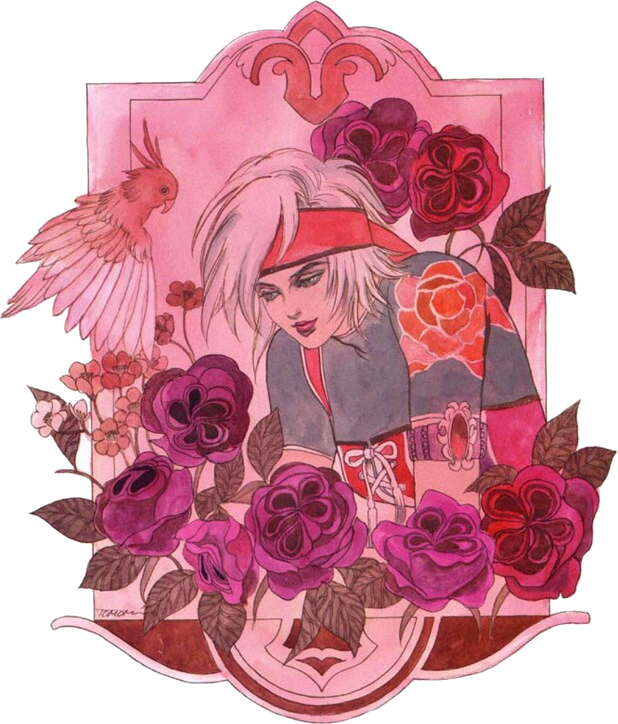
- Progression: Very linear
- Difficulty: Mostly moderate, sudden very difficult spike at end
- Story Content: Moderate
- Story Focus: Characters, history
Laura's scenario begins with a fateful encounter at her late husband Pablo's funeral. Her scenario is linear and straightfoward, so it's easy to follow for new players. The final boss is a huge difficulty spike after a point-of-no-return, so it may frustrate new players who reach that point and find themselves stuck choosing to restart the game from the very beginning. If you're up to the challenge awaiting at the end of the game and intend to try to improve your strategy and knowledge of the game systems in your first play, Laura makes a great starting character.
Ventus
Age 19, Novice Carrier
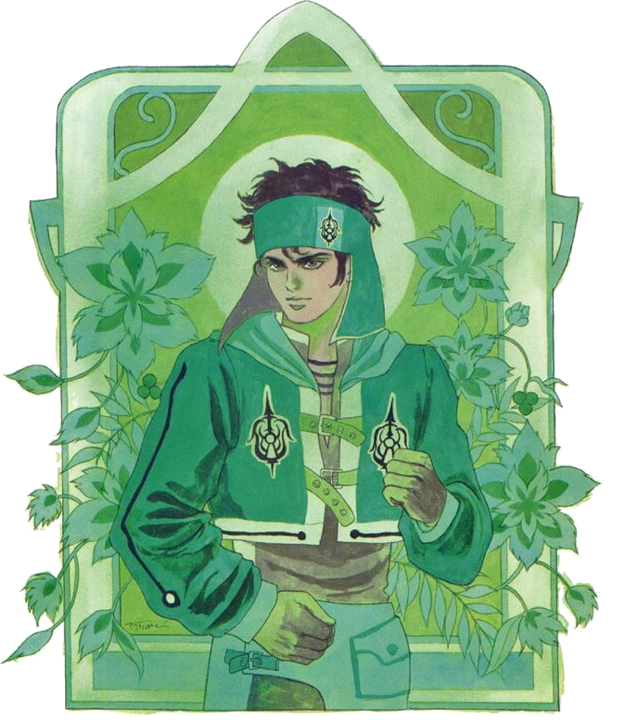
- Progression: Somewhat non-linear
- Difficulty: Mostly moderate, can run into difficult parts underprepared
- Story Content: Large
- Story Focus: Characters, setting
Ventus's story starts with his investigation of his brother's murder from five years ago. He works as a Carrier, which enables you to take Carrier missions to travel around the world and discover new places on your own, without having to advance the story. As you search for clues, you will find information to advance his story and reach the ending. It's possible to accidentally run into extremely difficult parts of the game very early if you happen to explore in unlucky directions. Ventus's scenario also has unlimited opportunity for growth thanks to his Carrier missions, so you can practice playing the game and building your characters as much as you want before advancing the plot if desired. For players who like exploring and going at their own pace, Ventus's scenario can be good for a first playthrough.
Judy
Age 10, Witch-in-Training
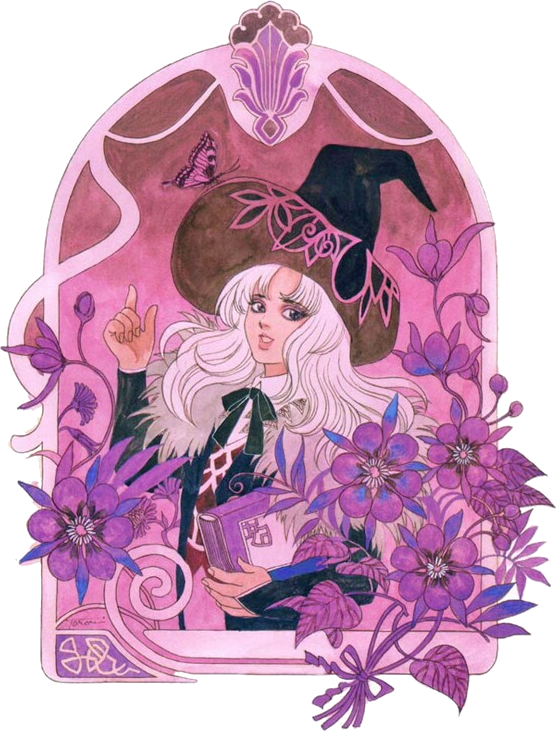
- Progression: Very linear
- Difficulty: Mostly very easy with a couple rough patches
- Story Content: Moderate
- Story Focus: History, lore
Judy's scenario is focused around the search for her family when everyone gets separated as she learns more about magic. Many of the characters are proficient with Magic Arts and come with some innate magical abilities, so it's good for players who are wanting to explore the magic system more. The story progression is straightforward and other than a few small parts, is overall very easy, so she can be a good first character for players who love magic or who are looking for a more casual first character to learn the game with.
Ruby
Age 17, Fake Fortuneteller
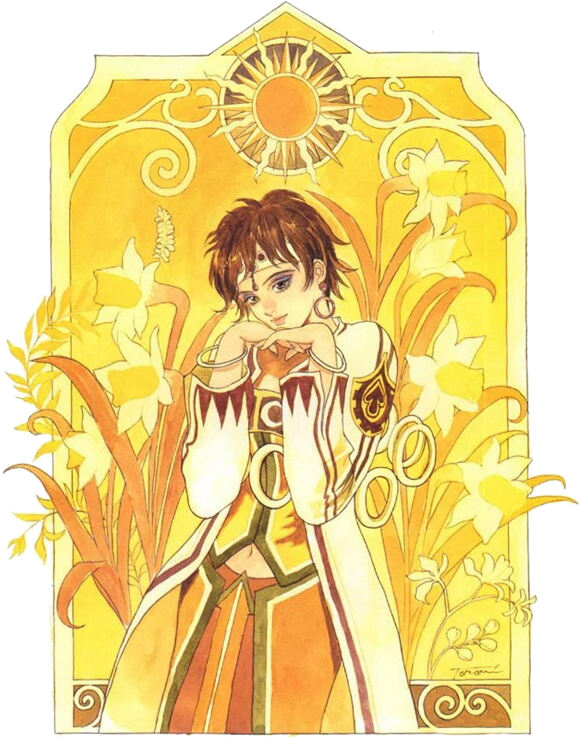
- Progression: Mostly linear
- Difficulty: Somewhat difficult
- Story Content: Small
- Story Focus: History, lore, setting
Ruby's scenario begins when her sister is unable to perform fortunetelling and she takes over the shop duties in her place. While it's not difficult to figure out how to advance the story, you're given a lot of freedom in the order you take on the challenges in her scenario. This can lead to some very brutal difficulty since the game will not inform you which are the more difficult paths to take. While Ruby's scenario is overall not terribly difficult, it may be better for players who have a general idea of the relative difficulty of various areas in the game first. With a walkthrough to avoid making the difficult choices, however, Ruby is a perfectly acceptable character for the first playthrough.
Armic
Age Unknown, Chapa

- Progression: Non-linear
- Difficulty: Difficult
- Story Content: Small
- Story Focus: Lore
Armic's scenario revolves around the Chapa Tribe's search for items for their rainmaking ritual. The requirements to progress Armic's story are not obvious, and there are many difficult challenges throughout. Armic's story is better for players with more intimate knowledge of the game's world, items, and systems, rather than new players. Players who are willing to heavily study the mechanics beyond the basics can play Armic's scenario first, but it is recommended more for players who can build well-developed character parties, obtain and craft items, and explore the world thoroughly.
Mythe
Age 28, Inventor
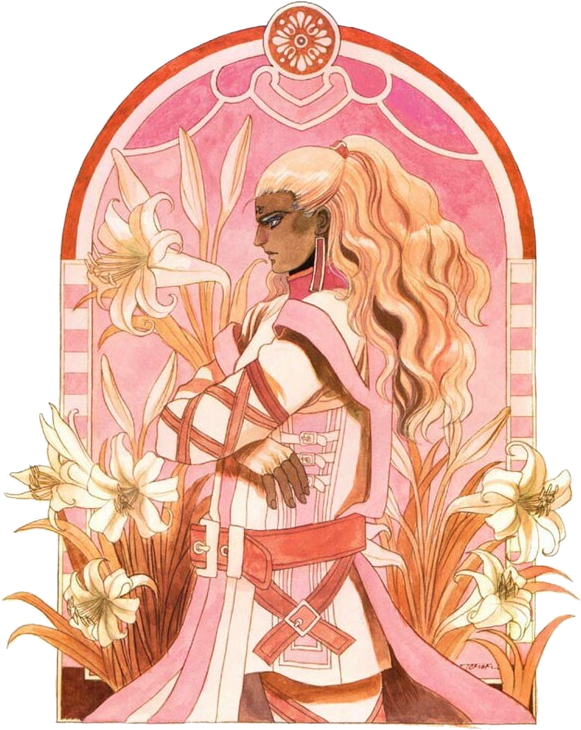
- Progression: Very linear
- Difficulty: Difficult
- Story Content: Large
- Story Focus: Characters, history
Mythe's scenario is easy to follow and understand, but is full of challenge from the very beginning. Players who like diving into the more extreme difficulties first will have fun with Mythe as a first character, but for more casual players, it is recommended to be familiar with building characters well and general battle strategy before attempting Mythe's scenario.
Kurt
Age 32, Former Outland Knight
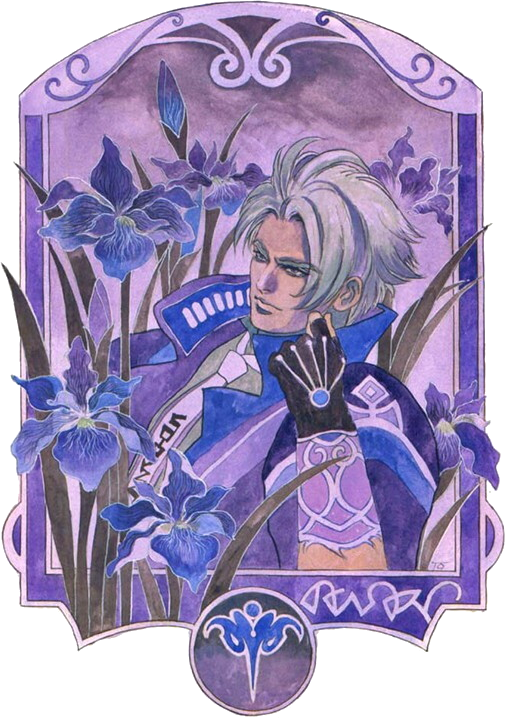
- Progression: Non-linear
- Difficulty: Moderate with difficult patches
- Story Content: Moderate
- Story Focus: Characters, setting
Kurt's story begins when he returns home to his father, head of the Knighthood, after dropping out of the Knights himself. The story revolves around the mystery of the cursed Gauntlet that he wears. The Gauntlet's curse and the ambiguous requirements to advance the plot can make Kurt's scenario can be frustrating to new players, but for players who like discovery and difficulty and would rather play a non-linear scenario while discovering the game, Kurt can be a choice for a first character.
The game progresses as the player cycles between two main modes of gameplay: Preparation and Adventuring.
Preparation takes place between adventures, and the main "hub" of the preparation phase is the town and world map menu. Between adventures, players can visit the various locations in the game to shop for items, talk to characters for information, craft and repair equipment at the blacksmith, and otherwise prepare the party for the main adventures. The preparation phase lasts until the player decides to depart on an adventure by selecting an available adventure from an inn, or running into an adventure in other ways as part of the story (which may happen when reaching certain areas, talking to certain people, etc.)
Adventuring is the bulk of the gameplay, in which the player explores map areas and battles enemies with a specific objective. Adventuring moves back and forth between the movement phase, in which the player controls a game piece on a board as the method of exploring and interacting with the game world; and the battle phase, in which the player uses their party members in battle to defeat enemies. When the objective of an adventure has been completed, the party has a chance to grow by learning new Skills, and then they return to town to begin Preparation again.
A quick outline of how the game cycle flows is as follows:
- Move between towns on the world map and make preparations for adventures
- Embark on adventures from a town's inn or from story events
- Explore maps and battle monsters on an adventure to complete its objective
- Grow the party as a reward for clearing an adventure
- Return to the world map to return to the beginning of the cycle
As you progress through the game, you will encounter story events that will allows you to embark on story-related adventures, eventually leading to a final adventure that will lead to a final boss and allow you to clear the game.
When the game is loaded, it will load System Data from the Memory Card in Slot 1. If the Memory Card in Slot 1 does not have System Data, the game will prompt you to create it. If there is no Memory Card in Slot 1, the game will prompt you to insert one.
System Data is unique to each Memory Card and is always loaded while playing. It keeps track of the user's Sound, Vibration, Subtitle, Controller, and Screen Position settings and restores them to their saved preferences when the game is loaded. System Data also updates when the game is cleared to keep a list of which characters' scenarios have been cleared while using that System Data. While selecting a character for a New Game, a small red star will appear next to the names of characters while viewing their scenario profiles if that character's scenario has already been cleared before.
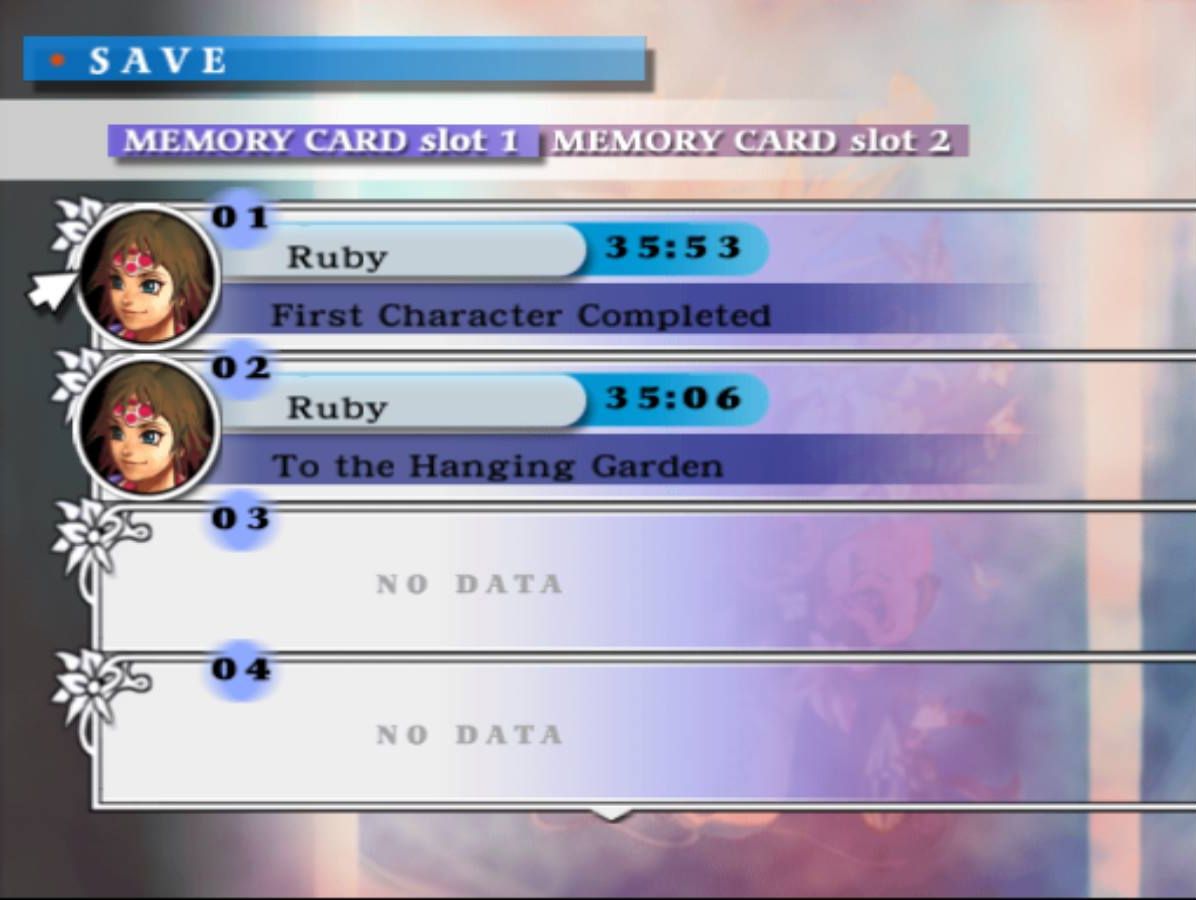
After clearing a character's scenario, you will be prompted to save Clear Data. Clear Data takes up a save file slot, but when loaded, does not load a saved game. Instead, Clear Data allows you to carry over certain qualities of the game world from the finished game into a New Game. The previous game's market rank and ecosystem data will be used in the new game, making rare items available earlier and the distribution of monsters more dynamic. Clear Data also saves the list of seen monsters so that their names will appear in battle when encountered (normally, a monster's name is not shown until it has been encountered once before). The Combo Save List settings and content will also be carried over to the New Game, allowing you to continuing increasing the number of Times on your favorite Combos.
Clear Data will continue to carry over data between multiple playthroughs as long as you continue to load the most recent Clear Data before starting each New Game. The Clear Data will remember how many characters' scenarios you have completed while using subsequent Clear Data, and this will be reflected in the name of the save data when saving the Clear Data. When loading Clear Data, the screen will fade to black and remind you of the number of completed scenarios the particular clear data has remembered, and then return you to the main menu. This means you can successfully select a New Game and the information from the Clear Data will be used.








 Title Menu
Title Menu